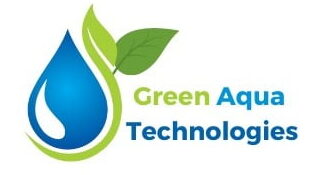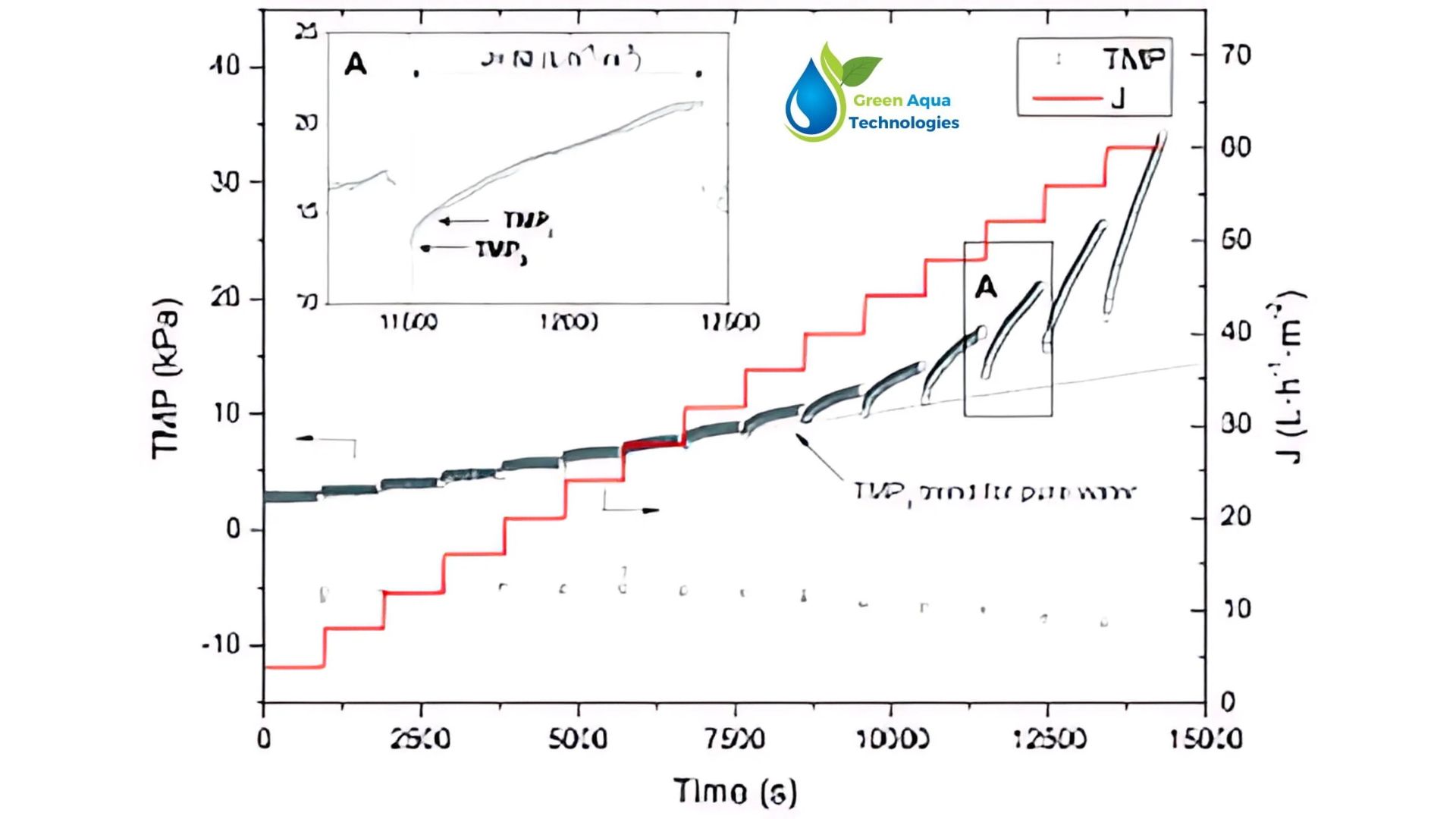Water treatment processes have become increasingly sophisticated, driven by the need for clean and safe water. Among the critical parameters used to monitor and optimize filtration systems, Transmembrane Pressure (TMP) plays a crucial role. It serves as a key indicator of system performance, efficiency, and potential issues in filtration processes. At GREEN AQUA TECHNOLOGIES, understanding and effectively managing TMP is central to delivering reliable and efficient water treatment solutions.
Understanding Transmembrane Pressure (TMP)
Transmembrane Pressure (TMP) is defined as the pressure difference across a membrane in filtration systems. It represents the driving force needed to push water through a membrane, allowing clean water (permeate) to pass while retaining impurities. TMP is a critical measure in various membrane filtration technologies, including microfiltration (MF), ultrafiltration (UF), nanofiltration (NF), and reverse osmosis (RO).
How TMP Works in Filtration Systems
Membrane filtration processes rely on pressure to separate contaminants from water. Feed water enters the filtration system, where pressure is applied to push water through a semi-permeable membrane. The membrane allows purified water to pass while blocking dissolved solids, particles, bacteria, and other impurities.
As water flows through the membrane, TMP measures the difference in pressure between the feed side (water entering the membrane) and the permeate side (purified water exiting the membrane). Monitoring TMP helps determine how effectively the membrane is performing.
The TMP Calculation Formula
The TMP value can be calculated using the following formula:
TMP=(Pfeed+Pconcentrate)2−Ppermeate\text{TMP} = \frac{(P_{\text{feed}} + P_{\text{concentrate}})}{2} – P_{\text{permeate}}TMP=2(Pfeed+Pconcentrate)−Ppermeate
Where:
- PfeedP_{\text{feed}}Pfeed = Pressure on the feed side of the membrane
- PconcentrateP_{\text{concentrate}}Pconcentrate = Pressure on the concentrate (retentate) side
- PpermeateP_{\text{permeate}}Ppermeate = Pressure on the permeate (filtered water) side
The TMP value reflects how much pressure is needed to maintain a consistent flow rate of purified water. A higher TMP generally indicates increased resistance due to membrane fouling or clogging.
Why is TMP Important in Water Treatment?
At GREEN AQUA TECHNOLOGIES, we recognize that effective water treatment depends on precise control of key parameters. TMP is crucial because it directly influences the efficiency, performance, and lifespan of filtration systems.
Benefits of Monitoring TMP
- Performance Optimization: TMP measurements help ensure filtration systems operate at peak efficiency. Maintaining an optimal TMP range reduces energy consumption and operational costs.
- Membrane Protection: Continuous monitoring of TMP prevents overloading the membrane, which could lead to physical damage.
- Early Detection of Fouling: A gradual increase in TMP indicates fouling or scaling. Addressing the issue promptly prevents reduced water flow and costly repairs.
- Maintenance Planning: TMP data can be used to schedule membrane cleaning before severe fouling occurs, minimizing downtime.
- Longer Membrane Lifespan: Proper TMP management helps extend membrane life, reducing replacement costs.
Consequences of High TMP
When TMP becomes too high, it often points to a problem within the filtration system:
- Membrane Fouling: Accumulation of particles, organics, or microorganisms on the membrane surface increases resistance.
- Scaling: Minerals in feed water can crystallize, blocking pores and raising TMP.
- Concentration Polarization: High concentrations of impurities near the membrane surface create additional resistance.
- Flow Reduction: High TMP limits water flow, reducing productivity.
- Increased Energy Costs: More pressure is required to maintain flow, leading to higher energy consumption.
- Membrane Damage: Prolonged exposure to high TMP can physically damage the membrane.
Factors Influencing Transmembrane Pressure
Several factors can impact TMP in a water treatment system:
- Membrane Fouling and Scaling: Accumulated particles, colloids, organic materials, and microorganisms can clog the membrane, increasing TMP.
- Feed Water Quality: Higher concentrations of impurities, suspended solids, or dissolved solids lead to faster fouling and higher TMP.
- Flow Rate and Velocity: Higher feed flow rates can increase TMP, while slower rates reduce fouling but may impact performance.
- Membrane Type and Configuration: Different membranes (e.g., spiral-wound, hollow fiber, tubular) have varying TMP requirements.
- Operating Conditions: Temperature, pH, and salinity of feed water can influence TMP.
- Cleaning and Maintenance Practices: Inadequate cleaning protocols can result in persistent fouling and elevated TMP.
Managing and Controlling TMP in Water Treatment Systems
At GREEN AQUA TECHNOLOGIES, we emphasize proactive TMP management to ensure reliable and efficient water treatment. Here’s how we achieve it:
1. Pre-Treatment Solutions
Pre-treating feed water minimizes contaminants that could foul membranes. Processes such as coagulation, flocculation, sedimentation, and filtration help reduce suspended solids and organics before membrane filtration.
2. Regular Monitoring and Data Analysis
Continuous TMP monitoring using sensors and automated control systems provides real-time insights. Sudden spikes or gradual increases in TMP trigger alerts for corrective actions.
3. Membrane Cleaning and Maintenance
Implementing effective cleaning protocols is essential for managing TMP. Cleaning can include:
- Physical Cleaning: Flushing and backwashing to remove surface fouling
- Chemical Cleaning: Using acids, alkalis, or enzymes to dissolve fouling materials
- Advanced Cleaning Techniques: Ultrasonic cleaning or membrane autopsy for persistent fouling
4. Optimizing Operating Conditions
Adjusting flow rates, pressure, and feed water composition can help control TMP. Optimizing conditions enhances performance and membrane life.
Conclusion
Transmembrane Pressure (TMP) is a vital parameter in water treatment systems, offering valuable insights into filtration performance, membrane health, and system efficiency. At GREEN AQUA TECHNOLOGIES, we leverage advanced monitoring and control systems to maintain optimal TMP levels, ensuring clean and safe water for industrial, commercial, and residential applications.
Whether you need solutions for drinking water purification, wastewater treatment, or specialized filtration, GREEN AQUA TECHNOLOGIES is your trusted partner for reliable and efficient water treatment solutions.

